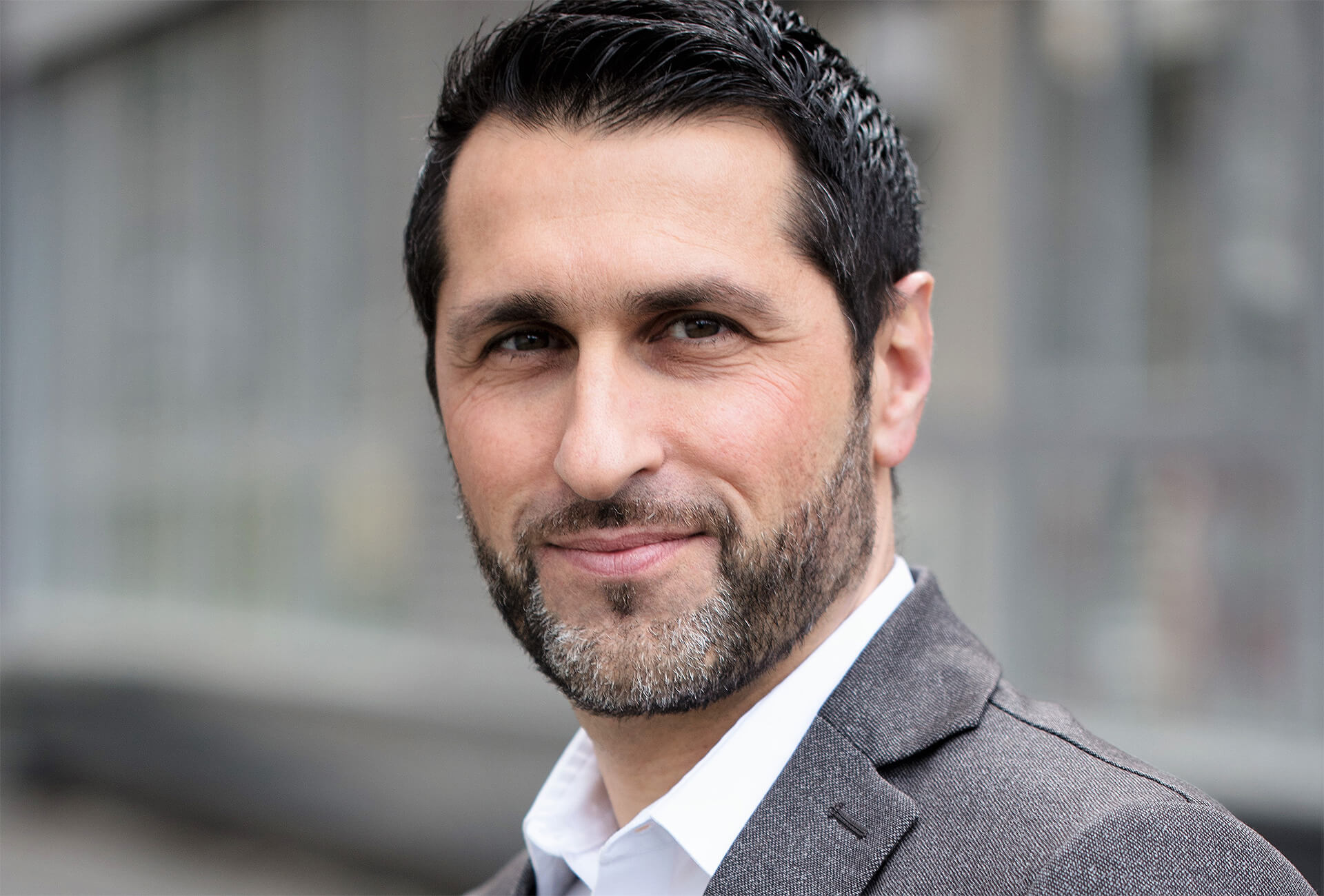Born in La Chaux-de-Fonds in the 1970s, Thomas Baillod grew up in a region marked by the fallout from the quartz crisis. As a new graduate, he watched the press make the difficult move from print to online. As a young manager, he had to deal with the effects on the watch industry of the global economic crisis. Through these experiences, he was able to measure the difficulty industries have in dealing with change they hadn’t anticipated. As digital continues to make advances in the media and marketing, and convinced that distribution will be next, Thomas Baillod has set up Mercari Academy to accompany managers through this transition and show them how to seize the opportunities it brings.
Thomas Baillod: When the economy’s stalling, the major distributors are less inclined to take a chance on new brands, forcing newcomers to look into alternative channels. Selling direct to customers online is one option. This doesn’t give a newly-launched brand the same visibility a traditional distributor would, but this is partly offset by considerable advantages in terms of margins and marketing spend.
Low price elasticity in the watch segment means brands will look to cut distributor margin, which is 60% to 70% of the retail price.
It’s still too early to say, but it’s a fact that new technologies and changing mentalities are behind exponential growth in online watch selling. Three new watch brands launch on Kickstarter every day, and I’ve noticed that start-ups aren’t the only ones taking things online. For example, Alpina used Kickstarter to launch AlpinerX in April this year. Richemont is another case in point; it recently introduced Baume, a new brand that only sells online. There’s a very strong logic behind this. When you’re shifting fewer products, which has been the case for a lot of brands in recent years, the initial reaction is to maintain margins by increasing prices. However, low price elasticity in the watch industry takes brands down a different path, namely to cut back distributor margin which represents 60% to 70% of retail price. Selling online stands out as one of the last opportunities to leverage growth. This is why I’m convinced distribution is on the verge of a major, global shift from traditional intermediary-based channels to digital solutions that sell directly to the consumer.
Established brands rely on traditional distribution for more than 90% of sales, and these intermediaries still have plenty to offer. First of all, they know the market extremely well. They also bear the financial burden of inventory and the risk of unsold products. Established brands aren’t going to saw off the branch they’re sitting on. At the same time, I can see how new brands, which are pure players, will continue to gain market share by offering products that are comparable to those of established brands but adjusting price points to online selling, i.e. significantly lower. Intermediaries will then have to justify margins through the added value they provide the end customer.
I don’t think the big Swiss brands will one day become pure players. Those that are experiencing difficulties will probably give it a try, but the ones that weather the storm will continue to make use of the traditional channels that still deliver a better customer experience. As for the pure players, they’ll look for ways to improve their customer experience through a mix of online and offline, such as roadshows, celebrity endorsement, pop-up stores, etc. The danger for established brands would be to envisage their online development solely through the main e-commerce platforms, which are mainly American. This would simply make them dependent on a different intermediary which, rather than solving the problem, could actually present more of a risk.
We look at topics such as the sudden collapse of the rouble in late 2014, when it lost half its value overnight, rampant inflation in Argentina, which is actually a great opportunity for anyone able to see it, the impact which the anti-graft campaign has had on the Chinese market since 2013, even corruption and money laundering. Our aim is to provide managers with concrete solutions to the situations they will inevitably face. There are no taboos.
He or she must understand the transformations taking place and incorporate this new playing field into a strategic vision for the brand. For established players, this will be a complex transition as new paradigms will, to a certain extent, mean thinking beyond and possibly even replacing the old models. As is often the case, it’s about making the most of the new situation by keeping current partners happy and at the same time grabbing the best opportunities as they come along.
About Mercari Academy
Stints as guest lecturer at ISG Luxury Management in Geneva and Haute Ecole Arc in Neuchâtel convinced Thomas Baillod (Publicitas, Victorinox, Maurice Lacroix, Louis Erard) that business schools weren’t giving enough emphasis to distribution. In April 2018 he founded Mercari Academy – named after the Latin mercari meaning “to trade” – to deliver online training in international watch distribution. Courses build on case studies and cover traditional watch distribution, current developments, and methods and tools of practical use in the real world. The interactive courses break down into six two-hour modules spread over six weeks. The end-of-study diploma (not yet officially endorsed by the Swiss authorities) is the only one of its kind.












